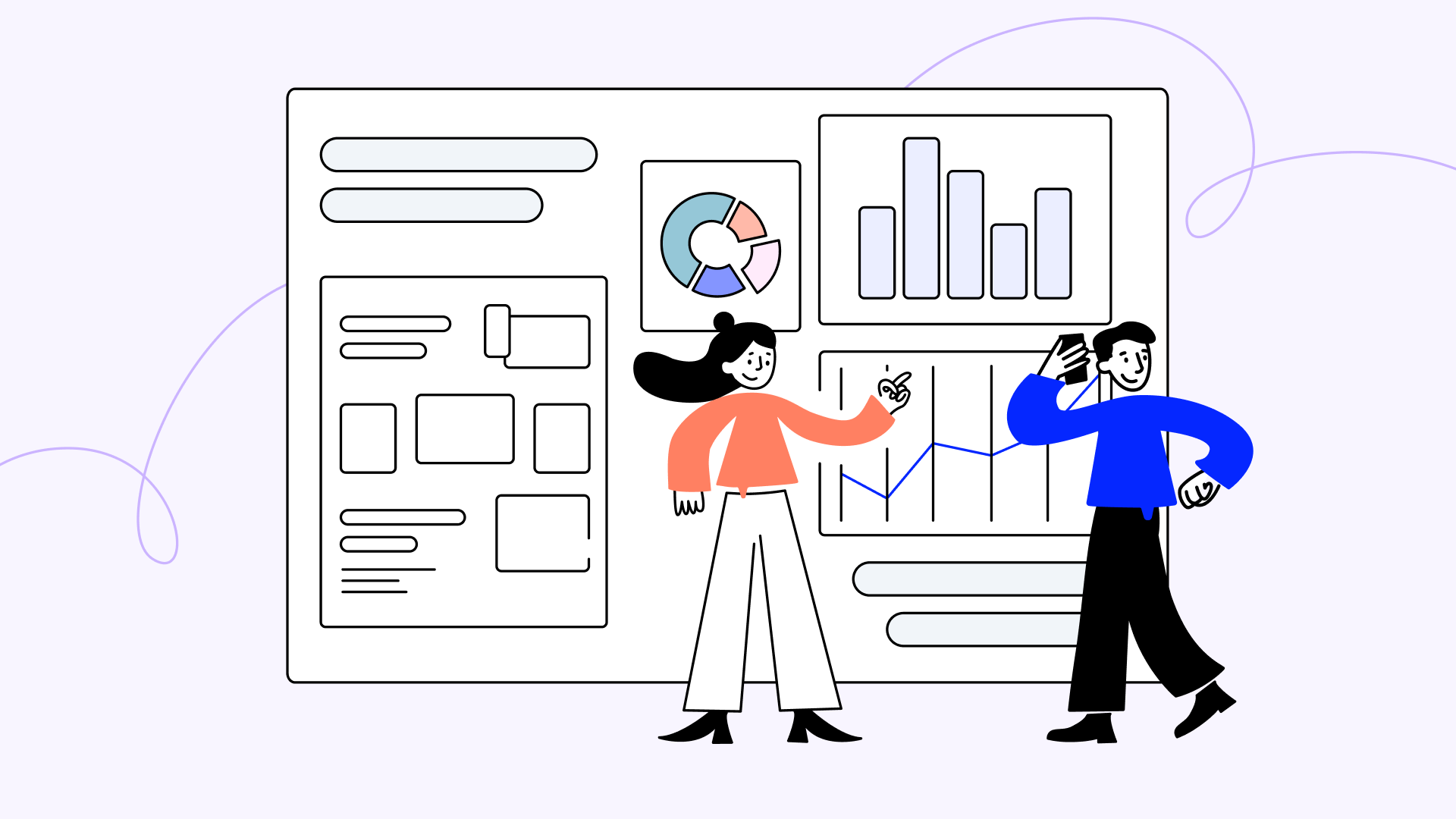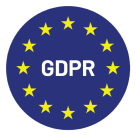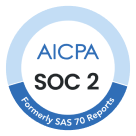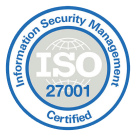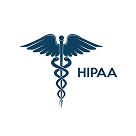
More than 50% of customers will switch to a competitor after a single bad experience¹. Whereas 94% of customers are more likely to recommend a company with good service².
But here’s the kicker: A poorly trained agent or outdated process can easily sabotage that opportunity.
To improve performance, you need a strategy. And not just any strategy, but one that fits your business goals, tools, and team dynamics.
These 11 strategies will show you exactly how to improve call center agent performance—with practical tactics, real-world impact, and product-backed solutions you can apply today.
Key Takeaways
- Learn 11 strategies to increase call center productivity and efficiency.
- Find out how to align your tech stack (like CloudTalk) with performance goals.
- Learn which metrics to track—and which red flags to watch.
- Understand how better training and coaching drive long-term gains.
- Get an action plan you can actually implement.
Improve agent performance with the right strategies paired with the best tech.
You Want Better Performance? Start Here.
Before we dive into strategies backed by data, dashboards, and CX metrics, let’s zoom in on something arguably as importantt: your agents’ lived experience.
We asked around (Reddit threads, agent forums—you name it), and here’s what real call center staff say makes the biggest difference in performance:
- Empower frontline staff: The fewer hoops they jump through for approvals, the fewer calls they’ll need to repeat. Escalations go down. AHT, FCR, and customer satisfaction go up.
- Pay a living wage and protect your people: A no-tolerance policy for abuse from callers matters. So does compensation that matches the mental and emotional labor of the job.
- Rethink your QA process.: Are you really measuring what matters? Or just hunting for small mistakes? If your QA score doesn’t reflect how customers actually feel, it’s time to revise it.
- Make sure managers “get it.”: The best managers, according to agents, are the ones who’ve actually worked the phones—or still do from time to time. They don’t guess what’s hard. They know.
- Listen to agent feedback—and act on it.: No suggestion box black holes. Build a feedback loop with real impact and close that loop visibly, so agents know they’re heard.
My manager still takes calls once a week. She’s the best I’ve ever had—because she understands the issues we face.
Call center agent on Reddit
11 Strategies on How to Improve Call Center Agent Performance
1. Implement a Data-Driven Coaching Framework
Start your call center agent performance improvement plan with call recordings, transcripts, and sentiment analysis. These tools let you coach agents based on real customer interactions—not gut feelings.
Go beyond surface-level feedback by reviewing specific moments in a call: where did the agent shine? Where did the call derail? This kind of precision coaching helps agents understand the why behind performance feedback and improves long-term outcomes.
2. Automate Low-Value Tasks with AI Assistants
Let AI voice agents handle repetitive, time-draining calls—like appointment confirmations, password resets, or survey follow-ups. This frees human agents to focus on high-impact conversations that require empathy, persuasion, or complex problem-solving.
The result? Better use of your team’s talent, less burnout, and faster customer resolutions.
3. Set Clear KPIs—and Display Them
Defining KPIs like Average Handle Time (AHT), First Call Resolution (FCR), and Customer Satisfaction Score (CSAT) is one thing. Visualizing them is another. Display team and individual metrics on a shared dashboard so agents have daily clarity on what success looks like. It builds accountability and gives agents a real-time pulse on their performance.
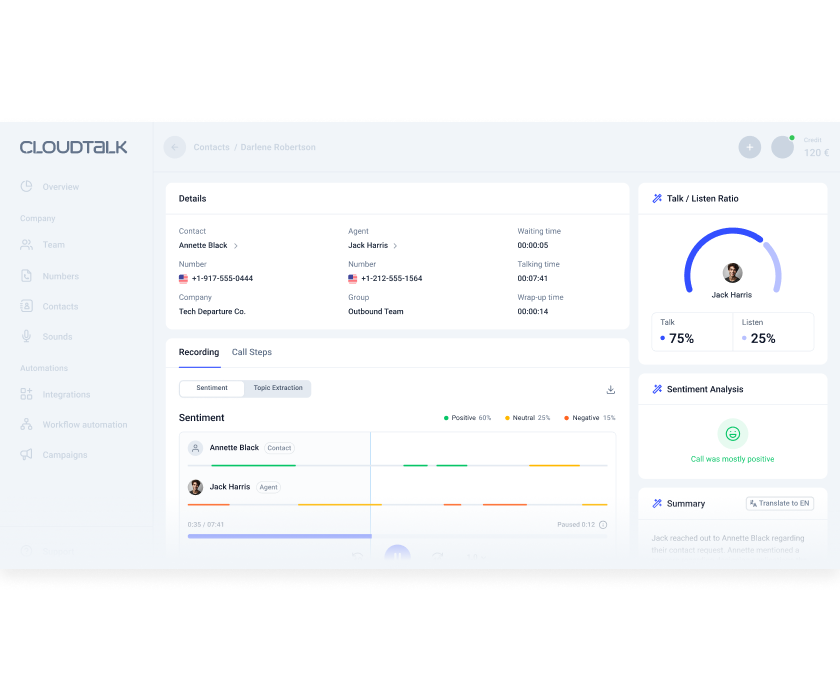
4. Create an AHT Improvement Plan
Reducing AHT isn’t just about moving fast—it’s about working smarter. Use skills-based routing to reduce transfers, empower agents with searchable knowledge bases, and improve first-contact resolution. When calls are handled efficiently and effectively, you’ll see the time drop without sacrificing customer satisfaction.
5. Gamify Performance
Healthy competition can transform your floor energy. Use leaderboards, small prizes, and shout-outs to celebrate top performers. Gamification encourages progress through positive reinforcement—and when tied to meaningful goals (like FCR or CSAT), it boosts outcomes without the pressure of micromanagement.
6. Tailor Scripts—but Don’t Over-Script
Rigid scripts can kill the flow of conversation. Instead, use dynamic scripting tools that adapt based on customer sentiment, call type, or intent. Give agents room to improvise within a framework, so they can stay compliant and sound human. That balance builds trust and improves outcomes.
7. Optimize Call Routing with Smart IVR
Routing isn’t just about getting calls to the right department—it’s about getting them there fast. A smart IVR system filters and directs calls based on intent, language, or urgency. That means fewer transfers, less hold time, and more productive conversations for your agents.
8. Use Speech Analytics for Insights
Speech analytics helps you surface the gold hidden in thousands of hours of call data. Track keyword frequency, compliance gaps, sentiment shifts, and talk-to-listen ratios.
These insights let you fine-tune training programs, spot coaching opportunities early, and continuously improve agent performance.
9. Offer Ongoing Micro-Training
Rather than front-loading new hires with info-dumps, embrace just-in-time learning. Use call reviews, customer feedback, and product updates as prompts for short, relevant training sessions. These micro-learnings keep knowledge fresh and aligned with real-world needs—without overwhelming your team. Encouraging agents through an employee rewards software can make these learning moments more engaging, as recognition for small wins often drives stronger performance and motivation.
10. Reduce Tool Friction with Integrations
Switching between tabs, apps, and systems slows agents down. Integrate your call center software with your CRM, helpdesk, and knowledge base to create one smooth workflow. Every second you save in navigation is a second gained for customer care.
11. Conduct Regular Quality Assurance Reviews
QA shouldn’t just be about checking boxes. Use your reviews to assess soft skills like tone, empathy, and active listening. Highlight great calls in team meetings, turn weak ones into learning moments, and use QA tools to create a feedback loop that actually drives improvement—not just compliance.
Track KPIs, coach your team and streamline workflows for better agent performance with CloudTalk.
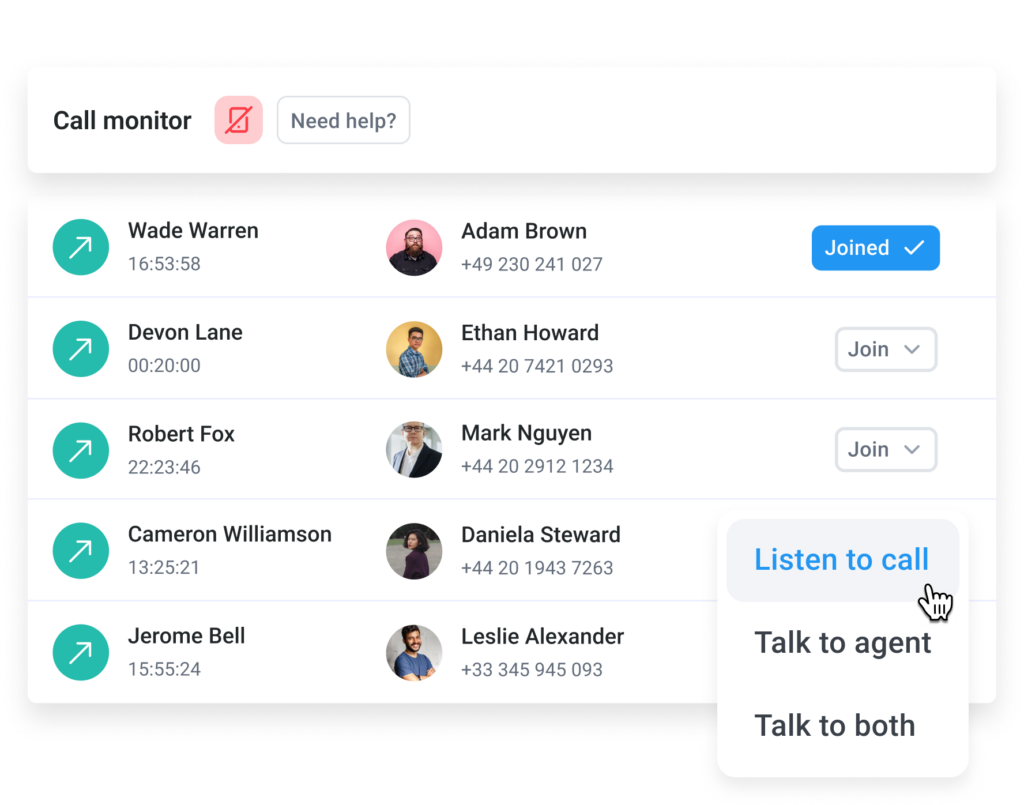
Why Improving Call Center Agent Performance Matters
- Boosts Customer Satisfaction: When agents are confident and well-trained, they can solve issues faster for smoother interactions.
- Reduces Operational Costs: Each 1% increase in First Call Resolution can reduce operating costs by 1%³.
- Increases Revenue: Consumers are willing to pay a price premium of up to 13% (and as high as 18%) for luxury and indulgence services, simply by receiving a great customer experience⁴.
- Improves Employee Retention: High-performing agents experience less burnout and are more likely to stay, reducing turnover rates.
- Strengthens Brand Reputation: Positive customer interactions with competent agents enhance brand image and loyalty.
- Provides Competitive Advantage: Companies with strong omnichannel customer engagement retain an average of 89% of their customers, highlighting the importance of effective agent performance across channels⁵.
- Enhances Operational Efficiency: Improved agent performance leads to faster resolutions, decreasing the need for repeat calls and lowering overall costs.e it, and see it as evidence of their effort, learning, and improvement.
How to Measure Agent Productivity in a Call Center
To understand how productive your agents really are, you need to look beyond raw output and evaluate the quality, efficiency, and consistency of their work. These key metrics give you a clearer picture of both individual performance and overall team effectiveness:
- Average Handle Time (AHT): Tracks the total time spent on each call, including talk time, hold time, and after-call work. While shorter AHT can signal efficiency, it’s not always a productivity win—if agents rush through calls, quality suffers. Aim for a balance that prioritizes resolution without dragging on.
- First Call Resolution (FCR): Measures whether a customer’s issue is fully resolved in a single interaction. Higher FCR rates indicate that agents are effective problem-solvers—boosting satisfaction and reducing repeat call volume, which frees up time for more productive work.
- Customer Satisfaction Score (CSAT): Collected through post-call surveys, CSAT reflects how customers feel about the support they received. It ties directly to agent communication, tone, and empathy—soft skills that have a major impact on productivity through smoother calls and faster resolutions.
- After-Call Work (ACW) Time: Captures the time agents spend completing follow-up tasks after a call ends. Excessive ACW can eat into active call time, while overly rushed ACW may result in incomplete documentation. Optimizing this metric ensures agents stay productive without sacrificing accuracy.
- Call Abandonment Rate: The percentage of callers who hang up before reaching an agent. While not a direct agent stat, it flags issues like queue congestion or poor scheduling—which can overload agents and reduce their ability to perform consistently. Lower is better for both CX and team output.
- Adherence to Schedule: Measures whether agents are logged in and available during their scheduled shifts. It’s a foundational productivity metric: even the best agent can’t deliver results if they’re not where they need to be, when they need to be there.
Improve agent performance with the right strategies paired with the best tech.
Key Factors That Reduce Agent Productivity
Even great agents can’t shine in a system that holds them back. Here are some of the most common blockers—and how they impact day-to-day performance:
- Lack of clear goals or KPIs: Without clear performance metrics, agents are left guessing at what “good” looks like. KPIs like CSAT, AHT, or FCR give structure, direction, and something to improve against.
- Poor call routing or IVR setup: Bad routing leads to frustrated callers and wasted time. Smart IVR and routing ensure agents get the right calls—so they can resolve issues faster and avoid unnecessary escalations.
- Repetitive manual tasks: Endless copy-paste tasks drain energy and focus. Automating repetitive work frees agents to handle higher-value conversations that require human judgment.
- Script rigidity or micromanagement: Over-scripted agents sound robotic and disconnected. Giving them space to personalize interactions leads to more natural conversations—and better outcomes.
- Tool overload (no integrations): Switching between disconnected tools kills momentum. Integrated systems save clicks, reduce errors, and keep agents focused on helping customers—not hunting for info.
- Insufficient training or onboarding: Rushed onboarding leads to slow ramp-up and avoidable mistakes. Ongoing training—especially based on real calls—keeps agents confident and capable.
- No QA or performance feedback loop: Without regular coaching or QA, agents miss chances to grow. A consistent feedback loop helps reinforce strengths and correct issues before they snowball.
Turn Strategy Into Results with CloudTalk
Improving call center agent performance isn’t a one-off initiative—it’s a continuous commitment to better tools, smarter processes, and empowered teams. With CloudTalk, you don’t just measure success. You build it.
Improve your agents’ performance for faster resolutions, happier customers and greater ROI.
Sources:





